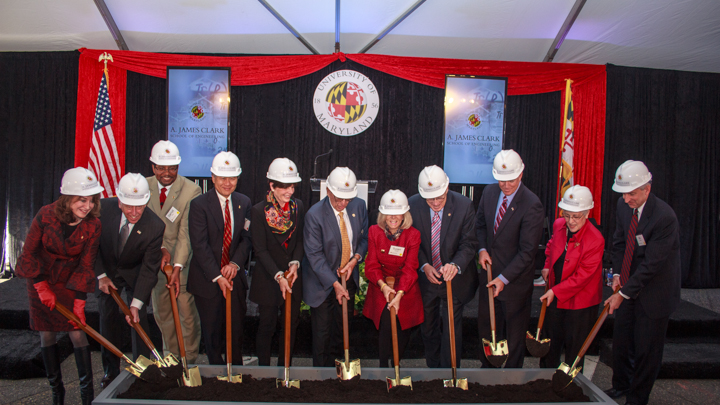Views expressed in opinion columns are the author’s own.
One hundred thirty million years ago, two neutron stars collapsed into each other after an orbital dance of death lasting billions of years. Jets of gamma ray-emitting debris erupted from the wreckage in a glorious radioactive fountain. The astonishing mass of the two bodies sent ripples through the fabric of space-time. Those ripples, called gravitational waves, traveled across the void of outer space at the speed of light. Heavy elements — gold, silver — formed in the aftermath of the stellar cataclysm.
In the far future, gravity may bind the dust cloud together into a new planet. If that planet captures an atmosphere and the warmth of a calm star, perhaps some primitive form of life will take root. That life may even evolve so it can look up at the stars and wonder about its violent origin. Our ability to observe this event and examine its profound implications is the direct result of the efforts of countless scientists and engineers. A robust STEM education is not a way for nerds to make money. It is a window into the universe.
My colleague, Max Foley-Keene, recently wrote a reaction to the Clark Foundation’s $220 million donation to the university. He argues that if this university continues to focus on STEM education, students will be ill-equipped for an “economy defined by instability.” A STEM degree, he argues, offers a false promise of employment while a broader liberal arts education is a “lifeboat” on the uncertain economic seas. Foley-Keene fails to realize that STEM is, at its core, the study of adaptability.
[Read more: The Clark donation favors STEM. That’s bad for UMD students.]
New technology does not come in leaps and bounds. It comes from the slow process of thousands of scientists and engineers all inching forward in tandem. There can be no cart without the wheel, no airplane without the glider, no computer without the circuit board. Scientists must be able to adapt to new technology since their job is to create it. The only way to prepare for the science of tomorrow is to understand the technology of today and appreciate the advancements of the past.
STEM fields, despite their reputation, are more than endless equations. A good STEM education equips students with the tools to approach any problem. Twenty years from now, petroleum engineers may not be pumping oil anymore. But they will have a more detailed understanding of the consequences of producing energy than anyone else. They will be able to anticipate the problems future generations will face when they have to fuel their societies. It is their familiarity with the mistakes of the past that will prevent us from repeating them.
Similarly, software developers won’t be in high demand forever. But their deep understanding of mathematics and complex systems will make them among the swiftest to adapt. While the world won’t run on code forever, it will always be dictated by logic, which is at the core of computer science. STEM isn’t about easy money. It’s a way of approaching the unknown.
Foley-Keene is right about one thing: This university has a major STEM bias. But it may not go far enough. A well-rounded education today must be far more technical than in the past. The intersection of law, policy and philosophy with technology has never been so pronounced.
In the near future, a good lawyer will need to understand the fundamentals of computer science. If we want to fight global warming, politicians will need at least a basic understanding of engineering. And even artists will surely find something of value by examining physics.
This university would have to be wildly irresponsible to cut STEM funding in favor of other disciplines. It is senseless to attack this university’s technical programs as if they are a threat to more traditional fields. Instead of trying to stop the flood of generous STEM funding, this university should focus on expanding its influence. STEM has the potential to enhance every student’s education. It is the university’s responsibility to make sure it does.
Nate Rogers is a freshman computer science major. He can be reached at nrogers2@terpmail.umd.edu.



